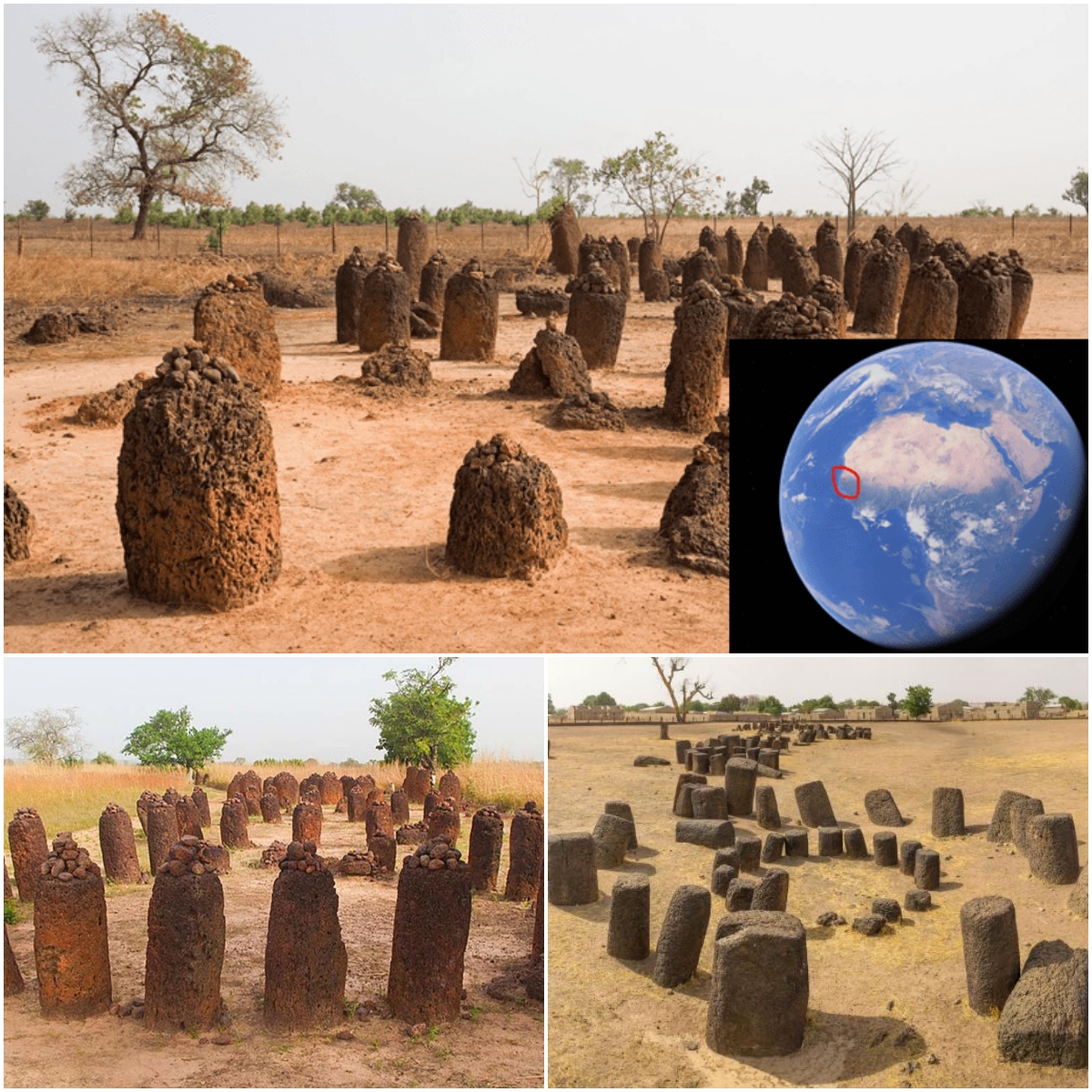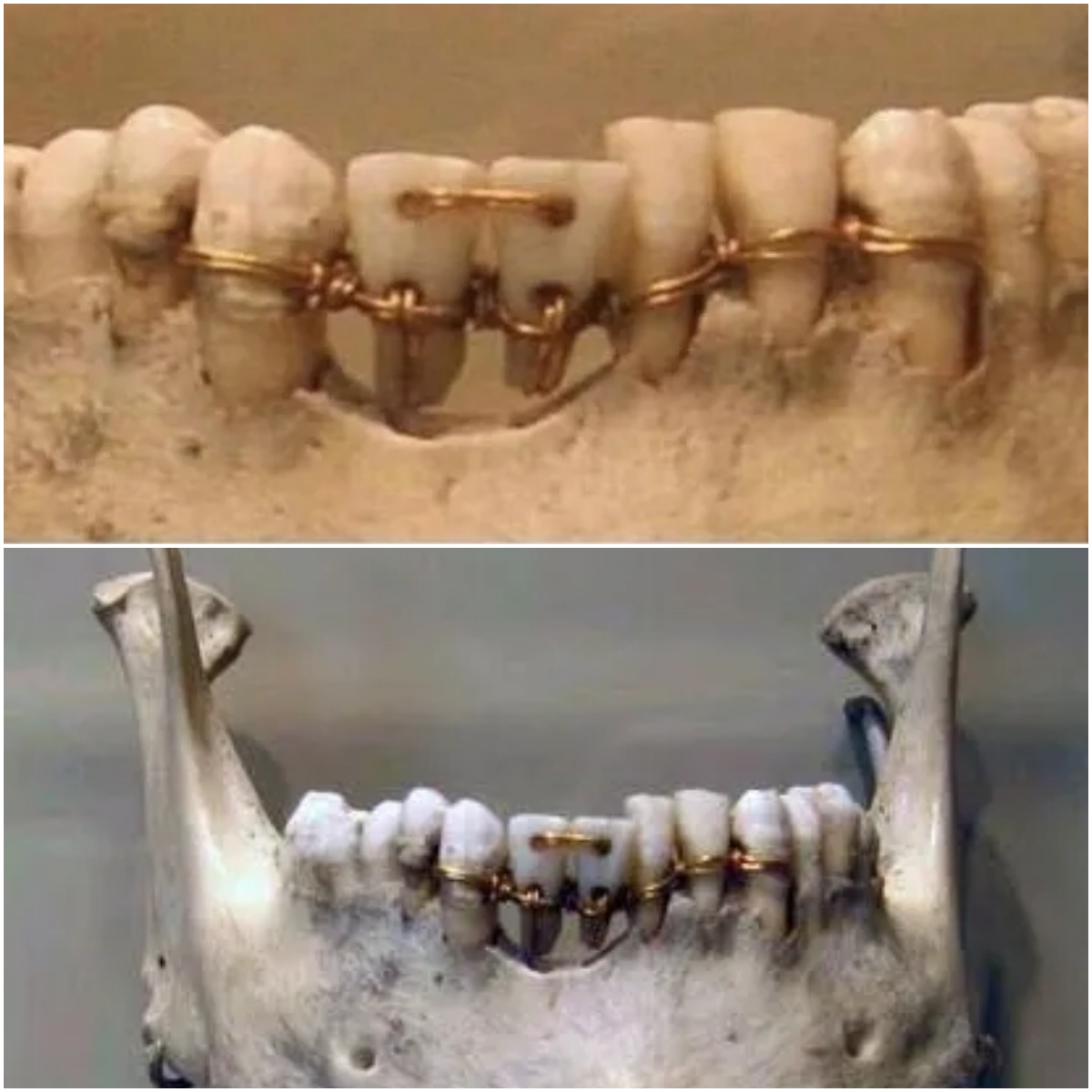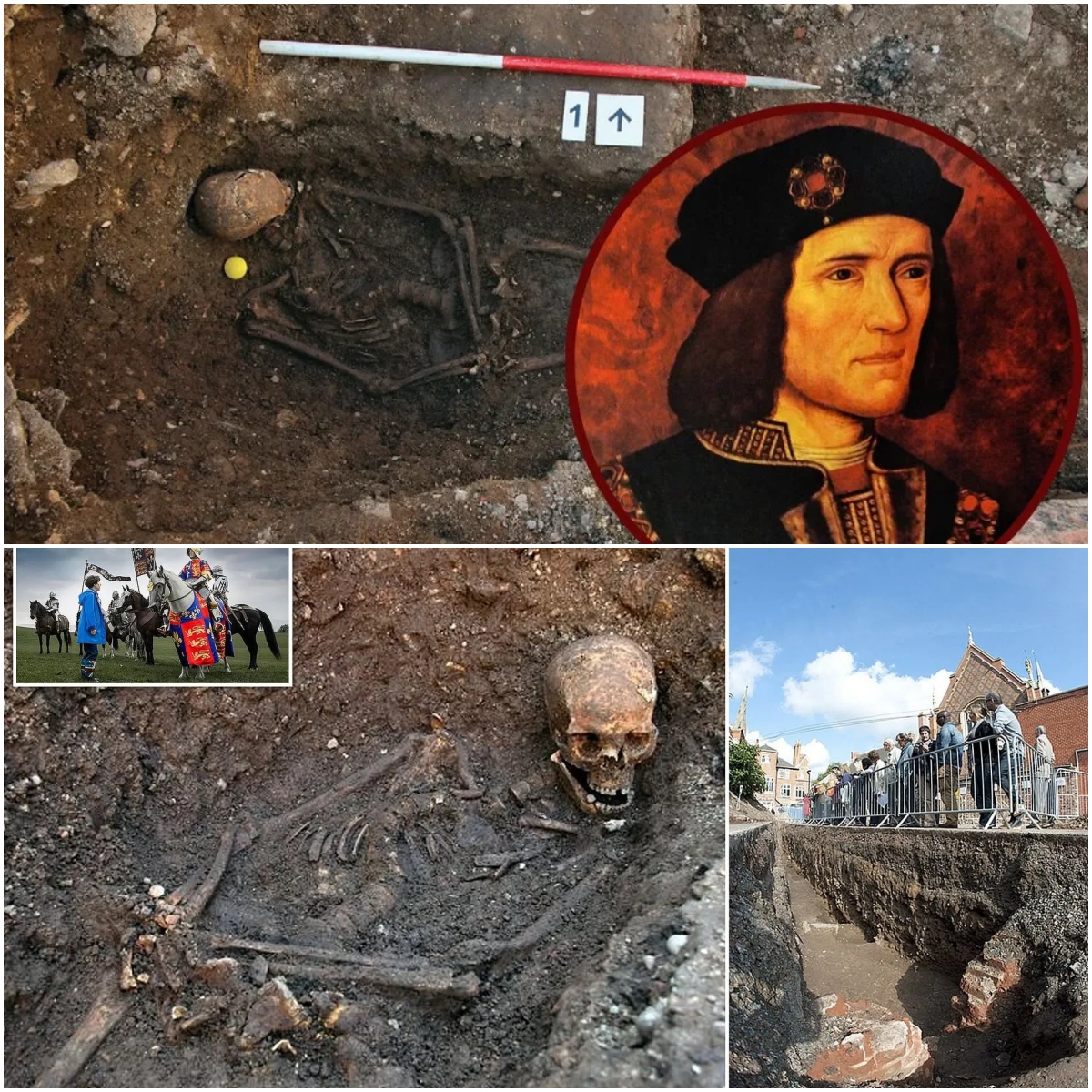Lost for Millennia: Could This 4,000-Year-Old Site Be Where Noah’s Ark Landed?
Possible Remains of Noah’s Ark? New Findings at Durupınar Site Near Mount Ararat
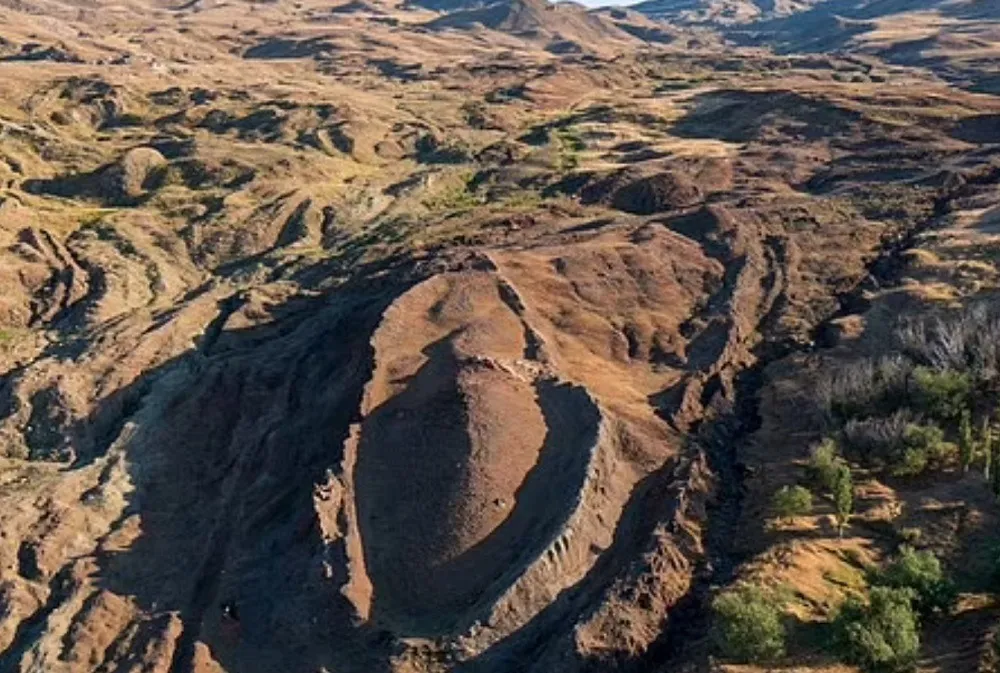
In a groundbreaking re-examination of the Durupınar site, located just 29 kilometers south of Mount Ararat in eastern Turkey, a joint team of Turkish and American researchers has uncovered compelling evidence that could reshape our understanding of one of history’s most enduring legends — Noah’s Ark.
Using modern ground-penetrating radar (GPR) technology, the team has scanned the massive boat-shaped formation nestled at an elevation of approximately 2,000 meters (6,560 feet) above sea level. Their findings reveal internal cavities and linear structures beneath the surface, showing geometric patterns consistent with man-made construction, rather than a natural geological formation.

The structure itself measures approximately 150 meters in length, aligning closely with the biblical description of the Ark’s 300-cubit length as recorded in the Book of Genesis. This has reignited interest in the possibility that this unusual formation might not be a coincidence of nature, but the petrified remains of the legendary vessel.
Further adding to the mystery, soil samples extracted from within the boundaries of the formation show twice the amount of organic material and 40% more potassium compared to surrounding control samples. According to researchers, these elevated levels are consistent with the long-term decomposition of wood, lending support to the theory that some kind of wooden structure once stood — or still lies — beneath the surface.

The location itself bolsters the theory. The high-altitude site matches the biblical account that Noah’s Ark came to rest “on the mountains of Ararat” after the great flood. While “Mount Ararat” in the biblical text may refer to a region rather than a specific peak, Durupınar lies squarely within this traditionally accepted geographical area.
The research team emphasizes that these results are preliminary. Plans are underway to conduct core drilling, radiometric dating, and more advanced geophysical studies to conclusively determine whether the formation is indeed artificial. If confirmed, this discovery could represent one of the most significant archaeological findings in modern history.
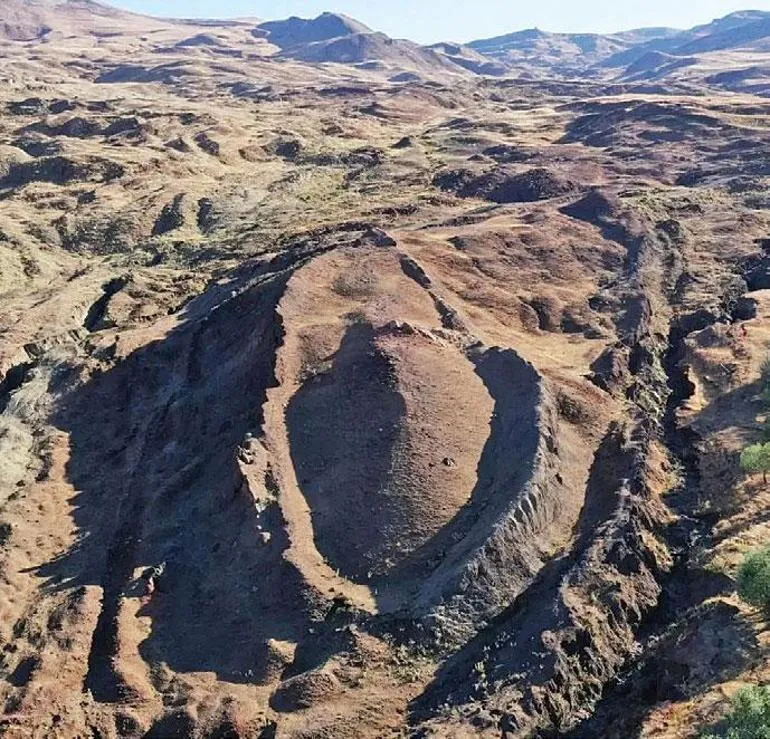
While skepticism remains among many in the scientific community, the combination of GPR imagery, organic-rich soil composition, and geographical alignment makes the Durupınar site an increasingly difficult mystery to ignore. Whether it turns out to be the remains of the Ark or a remarkable natural phenomenon, the secrets buried beneath Durupınar may soon be revealed.


